Home>Gardening & Outdoor>Landscaping Ideas>How To Sow Grass Seed On Existing Lawn
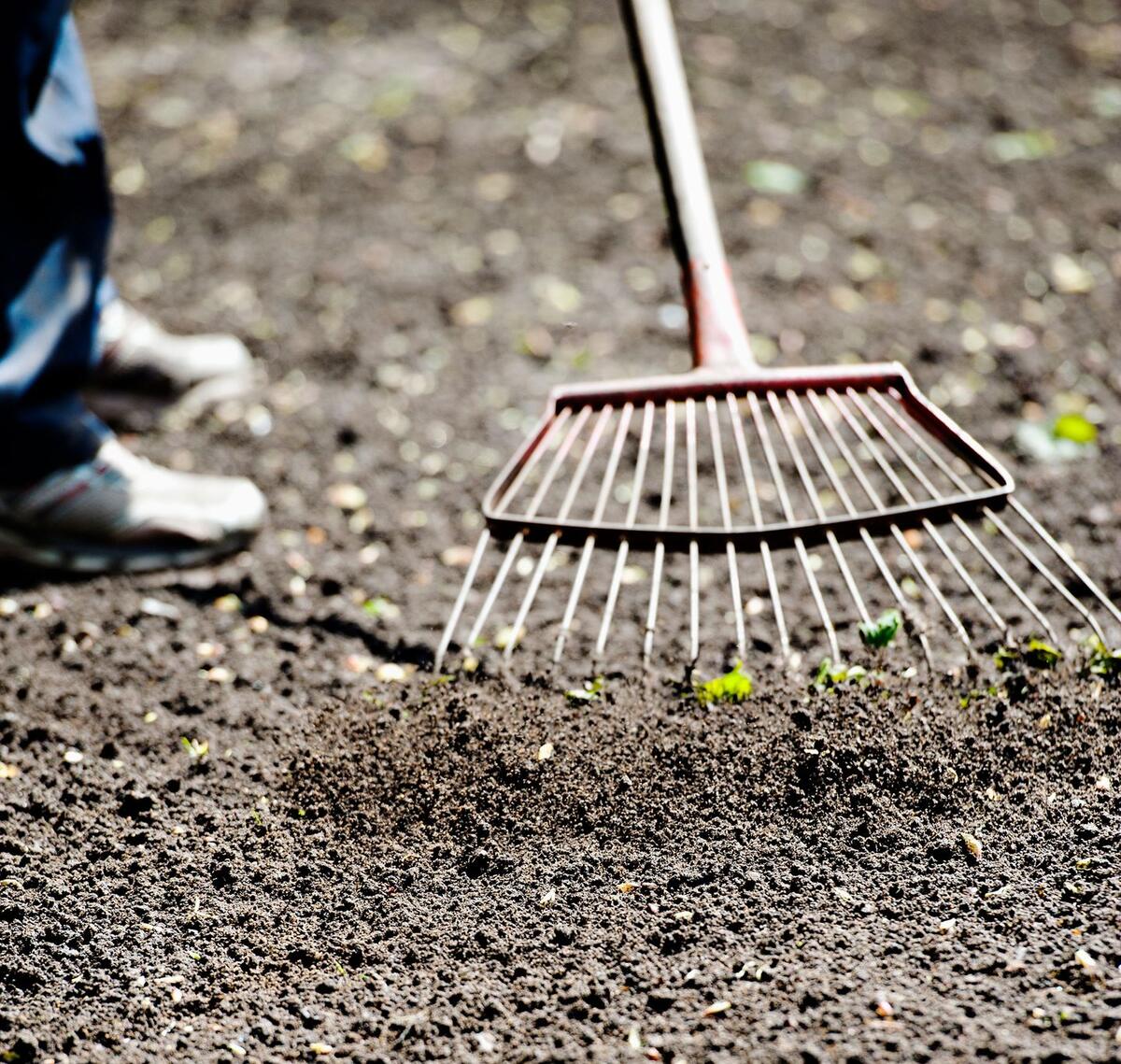

Landscaping Ideas
How To Sow Grass Seed On Existing Lawn
Modified: October 19, 2024
Learn how to sow grass seed on an existing lawn with our expert landscaping ideas. Transform your yard with our step-by-step guide.
(Many of the links in this article redirect to a specific reviewed product. Your purchase of these products through affiliate links helps to generate commission for Storables.com, at no extra cost. Learn more)
Introduction
Sowing grass seed on an existing lawn can breathe new life into your outdoor space, transforming it into a lush, vibrant carpet of green. Whether you're looking to fill in bare patches, improve the overall health of your lawn, or introduce a different grass variety, this process can rejuvenate your landscape and elevate its aesthetic appeal.
By following the right steps and using the proper techniques, you can successfully sow grass seed on your existing lawn, creating a seamless and uniform expanse of greenery. This endeavor requires careful preparation, thoughtful selection of grass seed, and diligent maintenance to ensure the new grass takes root and thrives.
In the following sections, we will delve into the essential steps for sowing grass seed on an existing lawn, guiding you through the process from start to finish. From preparing the existing lawn to choosing the right grass seed, sowing the seed, and providing the necessary care, each step plays a crucial role in the success of your lawn rejuvenation project.
Embarking on this journey will not only enhance the visual appeal of your outdoor space but also contribute to a healthier and more resilient lawn. With the right approach and a touch of patience, you can achieve a verdant, inviting lawn that serves as a testament to your dedication to landscaping excellence. So, let's dive into the steps and uncover the secrets to sowing grass seed on an existing lawn, revitalizing your outdoor oasis for years to come.
Key Takeaways:
- Revitalize your lawn by sowing grass seed on existing turf. Prepare the ground, choose the right grass seed, sow with care, and maintain with diligence for a lush and resilient outdoor oasis.
- Transform your existing lawn into a vibrant green carpet. Follow the steps to prepare, choose, sow, and care for the new grass seed, and watch your outdoor space flourish with natural beauty.
Read more: How To Plant Grass Seed On Existing Lawn
Step 1: Prepare the Existing Lawn
Before sowing grass seed on an existing lawn, it's essential to prepare the ground thoroughly to create an optimal environment for the new seeds to take root and flourish. This preparation process involves several key tasks that set the stage for successful grass growth and establishment.
Clear the Area
Begin by clearing the existing lawn of any debris, such as fallen leaves, branches, or other organic matter. Use a rake or a lawn sweeper to remove these materials, ensuring that the surface is clean and free from obstacles that could hinder the germination of the new grass seed.
Mow the Lawn
Next, mow the existing lawn at a relatively low setting to reduce the height of the grass. This step helps expose the soil and creates better contact between the grass seed and the ground, facilitating the germination process. Be sure to collect the grass clippings to prevent them from smothering the new seeds.
Aerate the Soil
Aerating the soil is crucial for promoting healthy root development and improving the overall condition of the lawn. Utilize a core aerator to perforate the ground, allowing air, water, and nutrients to penetrate the soil more effectively. This process also helps alleviate soil compaction, enabling the grass seed to establish stronger roots.
Read more: How To Add Grass Seed To Existing Lawn
Address Soil Imbalances
Conduct a soil test to assess the pH level and nutrient content of the soil. Based on the results, make any necessary adjustments by applying lime to raise the pH or adding specific fertilizers to address nutrient deficiencies. Balancing the soil composition creates an optimal foundation for the new grass seed to thrive.
Repair Bare Patches
Inspect the lawn for bare or thinning areas, and address these patches by loosening the soil and adding a thin layer of topsoil to improve seed-to-soil contact. This step prepares the ground for the successful germination and growth of the new grass seed, ensuring a more uniform and robust lawn.
By meticulously preparing the existing lawn through these essential steps, you establish the groundwork for a successful grass seeding process. This thorough preparation sets the stage for the subsequent steps, ensuring that the new grass seed has the best possible environment to take root and flourish, ultimately leading to a revitalized and rejuvenated lawn.
Step 2: Choose the Right Grass Seed
Selecting the appropriate grass seed is a pivotal decision that significantly influences the success and overall appearance of your lawn. When choosing the right grass seed for sowing on an existing lawn, several factors come into play, including climate, soil type, sun exposure, and intended use of the lawn. By carefully considering these elements, you can make an informed choice that aligns with your specific needs and ensures the optimal growth and resilience of the new grass.
Consider Climate and Hardiness Zone
The climate in which your lawn resides plays a crucial role in determining the suitable grass species. Different grass varieties exhibit varying tolerance to heat, cold, drought, and other environmental factors. Consult the USDA Plant Hardiness Zone map to identify your specific hardiness zone, which serves as a valuable guide for selecting grass seed that thrives in your region's climate conditions.
Read more: How To Sow Okra Seeds
Assess Sunlight and Shade
Evaluate the sunlight and shade patterns in your lawn to determine the level of sun exposure in different areas. Some grass species excel in full sun, while others are more adept at thriving in shaded or partially shaded environments. By understanding the sunlight dynamics, you can choose grass seed varieties that are well-suited to the light conditions present in your lawn, promoting uniform growth and coverage.
Analyze Soil Composition
The composition of your soil, including its texture, drainage capacity, and nutrient content, influences the type of grass seed that will thrive in your lawn. Conduct a soil analysis to identify these characteristics, enabling you to select grass seed varieties that align with the soil's properties. For example, sandy soils may benefit from drought-tolerant grasses, while clay soils might require species that tolerate moisture and compaction.
Determine Intended Use
Consider how you intend to use your lawn, whether it's for recreational activities, ornamental purposes, or erosion control. Different grass species offer distinct attributes, such as durability, fine texture, or rapid establishment, making them suitable for specific applications. By aligning the grass seed selection with the intended use of the lawn, you can ensure that the new grass meets your functional and aesthetic requirements.
Blend Grass Varieties for Resilience
In some cases, blending multiple grass seed varieties can yield a more resilient and visually appealing lawn. This approach combines the strengths of different species, such as drought tolerance, disease resistance, or color vibrancy, to create a diverse and robust turf. Blending grass varieties also enhances the overall aesthetic quality of the lawn, providing a harmonious and balanced appearance.
By carefully considering these factors and conducting thorough research on grass seed varieties, you can make an informed decision that aligns with the unique characteristics of your lawn and your specific preferences. Choosing the right grass seed sets the stage for successful sowing and establishes the foundation for a thriving and visually captivating lawn.
Read more: How To Sow Snapdragon Seeds
Step 3: Sow the Grass Seed
Sowing the grass seed marks a pivotal stage in the journey to rejuvenate your existing lawn, as it sets the groundwork for new growth and lush greenery. This step requires precision, attention to detail, and a strategic approach to ensure the successful establishment of the grass seed. By following the proper techniques and best practices, you can maximize the germination potential and set the stage for a vibrant and resilient lawn.
Timing and Application
Selecting the right time to sow the grass seed is crucial for its successful establishment. Optimal timing often coincides with the peak growing seasons for the chosen grass species, typically in the early fall or spring when the soil temperature and moisture levels are conducive to germination. Additionally, avoid sowing the seed during periods of extreme heat or drought, as these conditions can impede germination and seedling survival.
When applying the grass seed, use a broadcast spreader or a handheld spreader to achieve even coverage across the lawn. Ensure that the seed is distributed uniformly, covering the entire area without creating thick clumps or sparse patches. Following the recommended seeding rates for the specific grass species helps maintain an appropriate seed density, promoting healthy growth and minimizing competition among the emerging seedlings.
Seed-to-Soil Contact
Establishing proper seed-to-soil contact is essential for the successful germination and growth of the grass seed. After broadcasting the seed, gently rake the surface of the lawn to incorporate the seed into the topsoil, ensuring that it makes direct contact with the earth. This step facilitates the absorption of moisture and nutrients, creating an optimal environment for germination and root development.
Protecting the Seed
Once the grass seed is sown and in contact with the soil, take measures to protect it from external factors that could impede its growth. Applying a thin layer of mulch, such as straw or erosion control blankets, helps retain moisture, prevent soil erosion, and shield the seed from birds or other wildlife that may disrupt the seeding process. Additionally, watering the newly sown seed gently and consistently aids in maintaining the necessary moisture levels for germination without disturbing the seedbed.
Read more: How To Sow Cilantro Seeds
Patience and Observation
After sowing the grass seed, exercise patience and attentiveness as the germination process unfolds. Monitor the seeded areas regularly, observing the emergence of new seedlings and ensuring that the soil remains adequately moist. Avoid walking on or mowing the newly seeded areas until the grass has reached a height that allows for safe maintenance practices, typically around 3 to 4 inches in height.
By meticulously sowing the grass seed and providing the necessary care and attention, you set the stage for the emergence of a vibrant and resilient lawn. This step, when executed with precision and consideration, contributes to the transformation of your existing lawn into a verdant and inviting outdoor space, brimming with the promise of new growth and natural beauty.
Step 4: Water and Maintain the New Grass Seed
Watering and maintaining the new grass seed are critical components of the post-sowing care regimen, playing a pivotal role in nurturing the emerging seedlings and fostering their healthy development. This step involves strategic watering practices, vigilant monitoring, and proactive measures to safeguard the new grass from potential stressors, ultimately contributing to the establishment of a resilient and vibrant lawn.
Watering Schedule
Establishing a consistent and appropriate watering schedule is essential for promoting the germination and growth of the new grass seed. After sowing the seed, initiate watering within the first 24 hours to ensure that the soil remains consistently moist but not waterlogged. As the seedlings emerge, adjust the watering frequency to maintain adequate moisture levels, typically applying light and frequent watering to support the delicate young grass. Avoid allowing the soil to dry out, as consistent moisture is crucial for the initial stages of growth.
Deep Root Development
Encouraging deep root development is a key objective of the watering regimen, as it contributes to the long-term resilience and vitality of the grass. Gradually transition from frequent watering to deeper, less frequent watering sessions as the grass matures, prompting the roots to extend deeper into the soil in search of moisture. This practice fosters stronger and more drought-resistant grass, enhancing its ability to withstand environmental stressors and promoting overall lawn health.
Read more: How To Sow Spinach Seeds
Monitoring and Adjusting
Regularly monitor the newly seeded areas to assess the moisture levels and the progress of the emerging grass. Adjust the watering frequency and duration based on environmental conditions, such as rainfall, temperature fluctuations, and soil moisture retention. By remaining attentive to the evolving needs of the new grass, you can fine-tune the watering regimen to provide optimal support for its growth and development.
Protection from Stressors
Shielding the new grass seed from potential stressors is crucial for its successful establishment. Minimize foot traffic on the newly seeded areas to prevent soil compaction and damage to the emerging seedlings. Additionally, refrain from mowing the new grass until it reaches a height that allows for safe and non-disruptive maintenance practices, typically around 3 to 4 inches in height. These protective measures safeguard the young grass from undue stress, allowing it to thrive and flourish undisturbed.
Fertilization and Maintenance
As the new grass matures, consider implementing a well-planned fertilization and maintenance program to further enhance its resilience and vibrancy. Select a high-quality, balanced fertilizer specifically formulated for new grass, and apply it according to the recommended schedule and dosage. Regular mowing, aeration, and overseeding, when necessary, contribute to the ongoing health and rejuvenation of the lawn, ensuring that the new grass continues to thrive and enrich the outdoor landscape.
By diligently adhering to the watering and maintenance practices outlined in this step, you provide the essential care and support needed for the new grass seed to flourish and evolve into a lush and resilient lawn. This ongoing commitment to nurturing the emerging grass sets the stage for a verdant and inviting outdoor space, brimming with the promise of natural beauty and enduring vitality.
Conclusion
Embarking on the journey to sow grass seed on an existing lawn is a transformative endeavor that holds the promise of rejuvenating and revitalizing your outdoor oasis. By meticulously following the essential steps outlined in this guide, you can breathe new life into your lawn, creating a verdant and inviting landscape that serves as a testament to your dedication to landscaping excellence.
The process begins with thorough preparation of the existing lawn, encompassing tasks such as clearing debris, mowing, aerating the soil, addressing soil imbalances, and repairing bare patches. This meticulous groundwork sets the stage for the subsequent steps, ensuring that the new grass seed has the best possible environment to take root and flourish.
Choosing the right grass seed is a pivotal decision that significantly influences the success and overall appearance of your lawn. By considering factors such as climate, sunlight, soil composition, and intended use, you can make an informed choice that aligns with your specific needs and ensures the optimal growth and resilience of the new grass.
Sowing the grass seed marks a pivotal stage in the journey, requiring precision, attention to detail, and a strategic approach to ensure the successful establishment of the grass seed. By following the proper techniques and best practices, you can maximize the germination potential and set the stage for a vibrant and resilient lawn.
Watering and maintaining the new grass seed are critical components of the post-sowing care regimen, playing a pivotal role in nurturing the emerging seedlings and fostering their healthy development. This step involves strategic watering practices, vigilant monitoring, and proactive measures to safeguard the new grass from potential stressors, ultimately contributing to the establishment of a resilient and vibrant lawn.
In conclusion, the process of sowing grass seed on an existing lawn is a labor of love that yields bountiful rewards in the form of a lush, vibrant, and resilient outdoor space. By embracing the steps outlined in this guide and infusing your efforts with patience, attentiveness, and a touch of creativity, you can embark on a journey that culminates in the transformation of your existing lawn into a captivating and enduring testament to the beauty of nature. With the right approach and a commitment to excellence, you can cultivate a landscape that beckons with its natural allure and serves as a source of pride and joy for years to come.
Frequently Asked Questions about How To Sow Grass Seed On Existing Lawn
Was this page helpful?
At Storables.com, we guarantee accurate and reliable information. Our content, validated by Expert Board Contributors, is crafted following stringent Editorial Policies. We're committed to providing you with well-researched, expert-backed insights for all your informational needs.

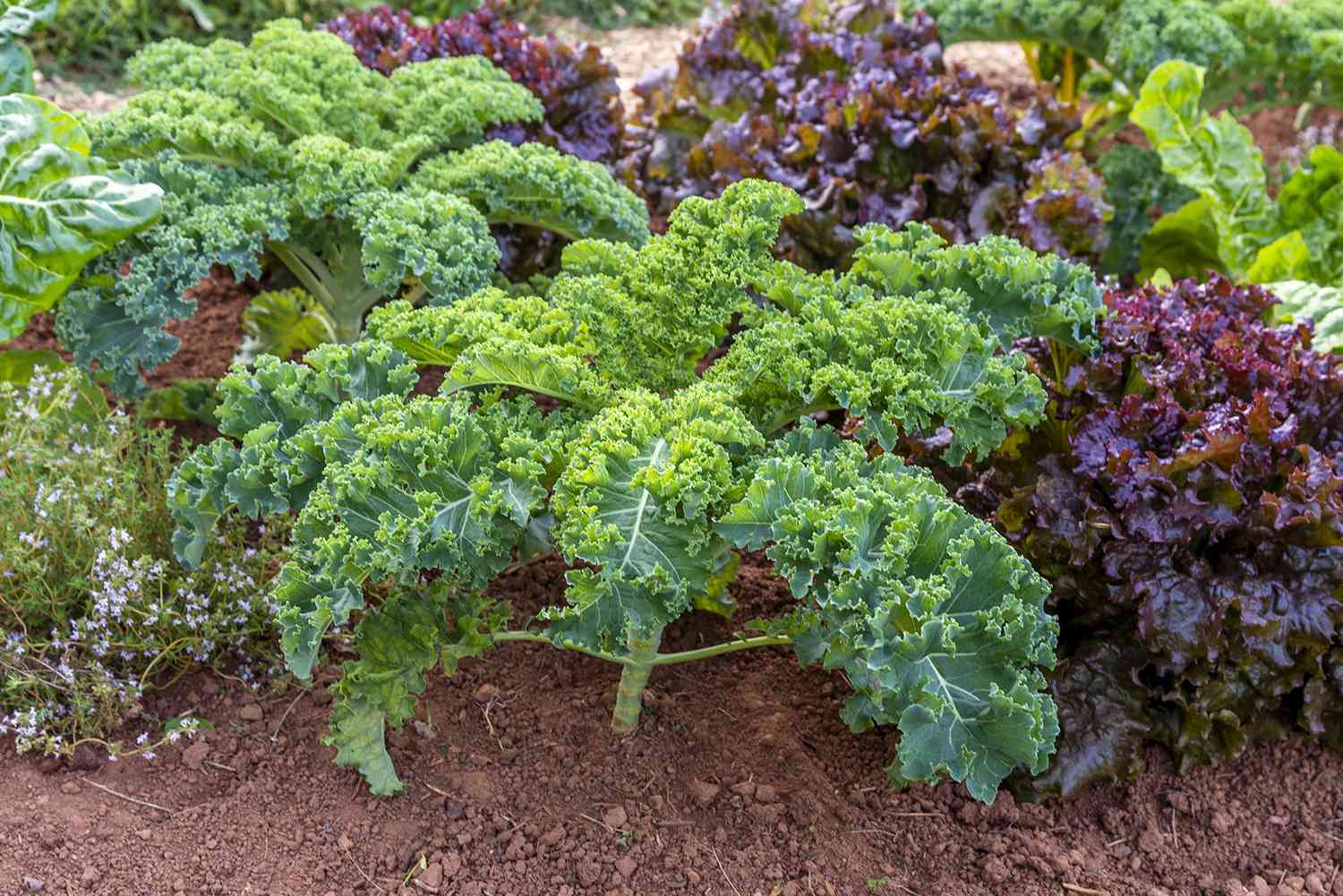

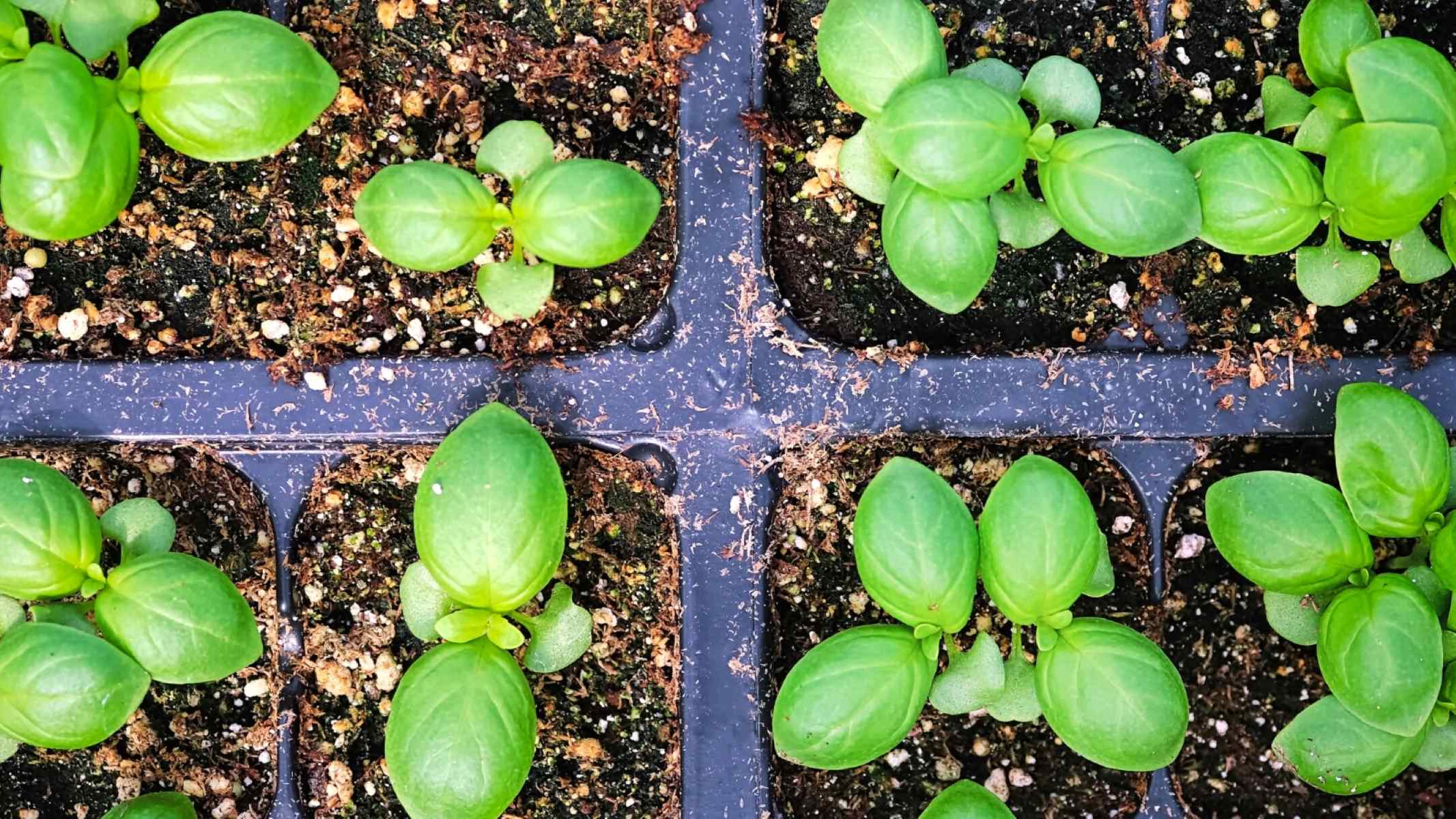



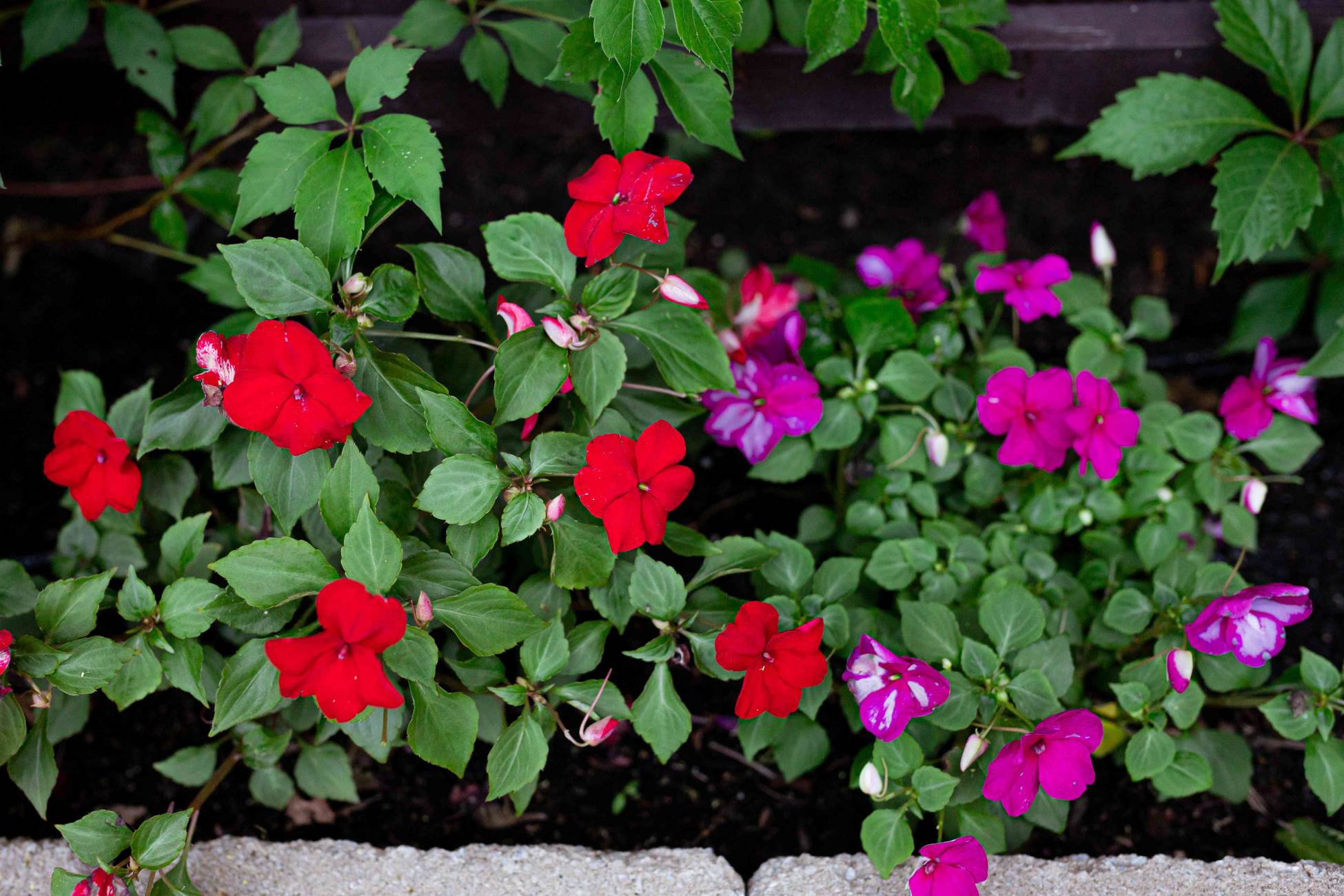
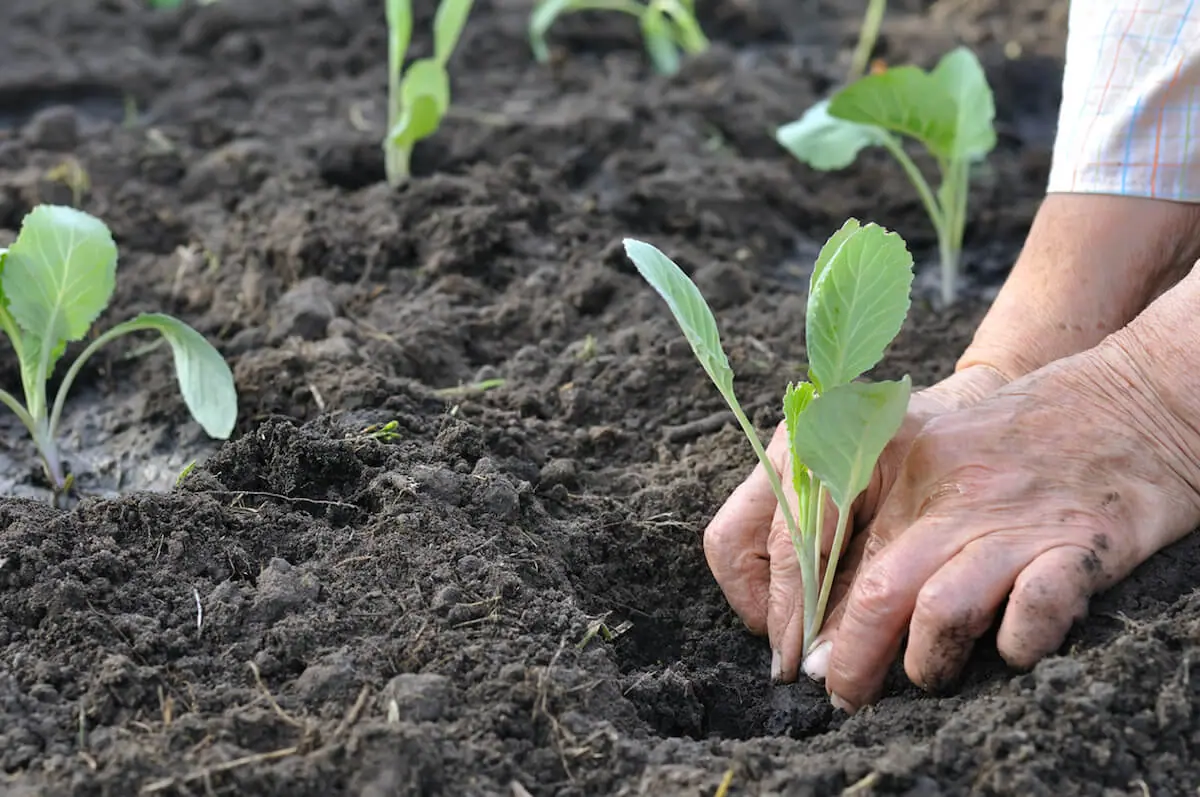


0 thoughts on “How To Sow Grass Seed On Existing Lawn”